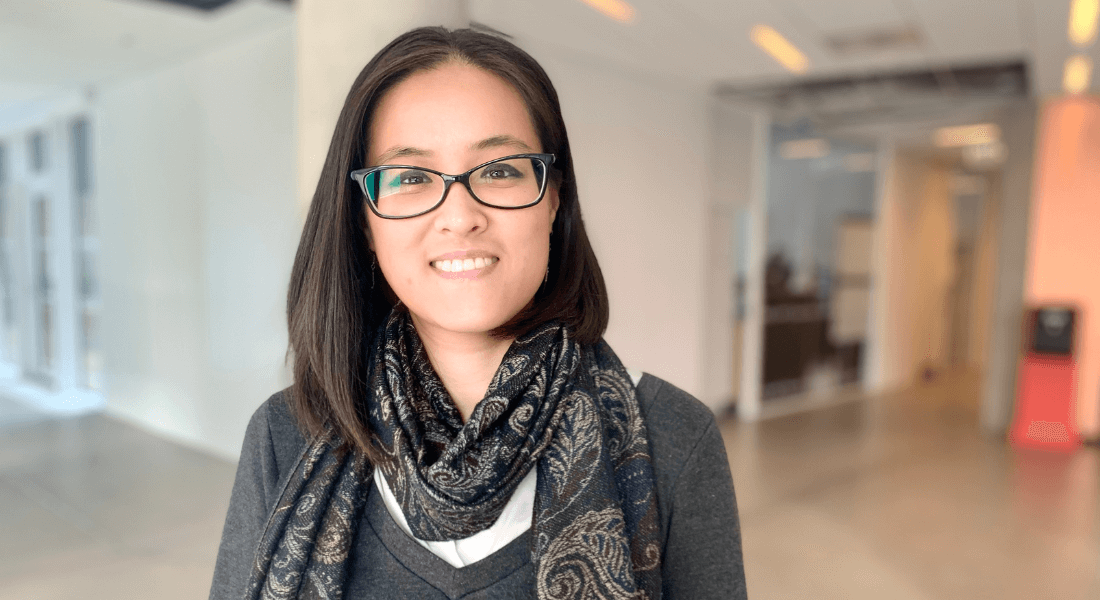Researcher: Cultural aspects of quantum theory are missing in physics classes
Quantum mechanics is interpreted in many different – often unscientific – ways. This opens up questions about the foundations of quantum theory and its relationship with culture that physics educators should not ignore, says researcher.

Quantum healing, quantum souls, and quantum immortality are all examples of pseudoscientific ideas that are loosely based on concepts from quantum mechanics. They are examples of the special status quantum mechanics holds in our culture and generally they have no place to be discussed in university physics education.
But that is a mistake, says physicist Marcia Saito, researcher from Federal Institute of the state of Paraná in Brazil currently visiting the Department of Science Education.
"In the physics textbooks, you often get the impression that the debate about the foundations of quantum mechanics is over and settled or at least it is something to be avoided. But that is a huge simplification," she says.
It's of no use pretending that there is only one interpretation of quantum physics, as the vast majority of textbooks do.
"There are fundamental philosophical questions that are still open and unanswered and can greatly contribute to physics education. "
Many textbooks declare the debate on quantum mechanics settled with the so-called Copenhagen interpretation, which gained wide recognition when the famous debate between Niels Bohr and Albert Einstein, among others, culminated in 1927 at the fifth Solvay Conference. But there are still a number of other interpretations – such as the Many-Worlds and Bohm interpretation – that are legitimate to consider, Marcia Saito points out.
"These are questions that we need to explore more deeply with the students – instead of refusing to talk about ideas that aren't in the textbook. In this way, we may be able to foster new researchers who can solve some of these questions one day in the future."
No quantum healing on the syllabus
Quantum mechanics has in various communities unrelated to science become the basis for ideas about how human consciousness can live forever or how unconsciousness can be tapped for unbridled creativity.
"Quantum mechanics has become an extremely important popular science theory. As it has become more widespread, the theory has taken on different meanings and applications. Sometimes applications that have nothing to do with science," says Marcia Saito.
"These meanings and applications of quantum mechanics are brought into the classroom by students, and sometimes they want to talk about them. But these are questions that educators tend to avoid because they are unscientific. And it creates a barrier to discuss which ideas are legitimate and which are not," says Marcia Saito.
The point is not that pseudoscientific ideas such as quantum healing should be on the curriculum, the researcher emphasizes.
"But it's of no use pretending that there is only one interpretation of quantum physics, as the vast majority of textbooks do."
Physicists themselves sometimes contribute to the mysticism
Another good reason why educators should be ready to talk about quantum mysticism in class is that many of the pseudoscientific theories have their historical roots in physics itself.
For instance, Bohr's idea that light can behave both as waves and particles, depending on how we measure it, has given rise to the belief that all reality is created solely in human consciousness.
"Scientific knowledge does not exist in a vacuum. It circulates throughout society, and in this way it takes on new meaning. We need to be prepared to discuss these ideas in the classroom and to understand its relation with the debates about the foundations of quantum theory and the cultural aspect of science," says Marcia Saito.
Together with Ricardo Karam, associate professor of physics didactics at the Department of Science Education, Marcia Saito's research tries to understand how best to approach the topic with undergraduate students.
"Even physicists sometimes treat quantum mechanics as something mysterious that is not understandable. And that creates a barrier for students. But the answer is not to simplify the theory by ignoring the fact that there are unanswered questions that we need to investigate further. "
